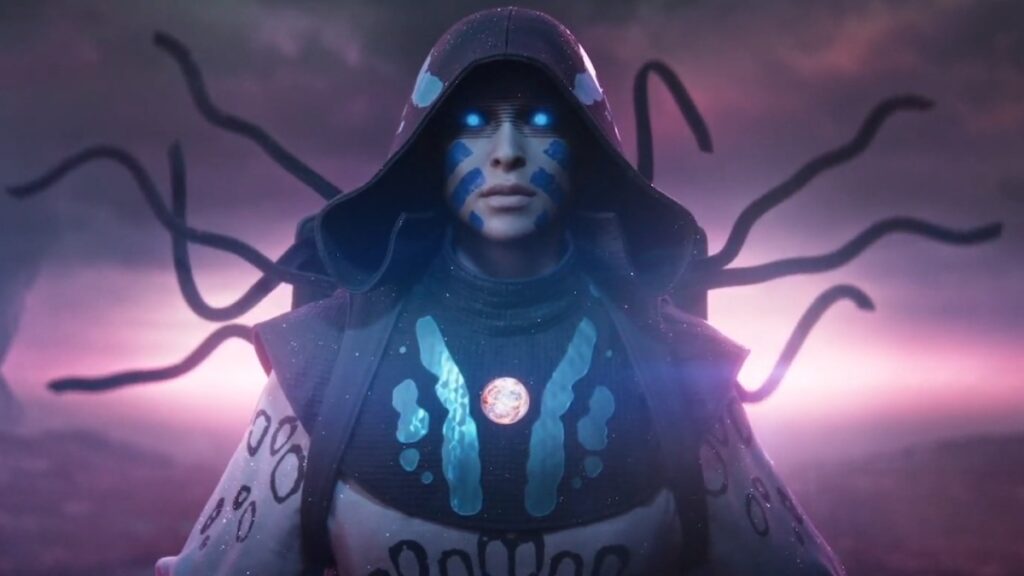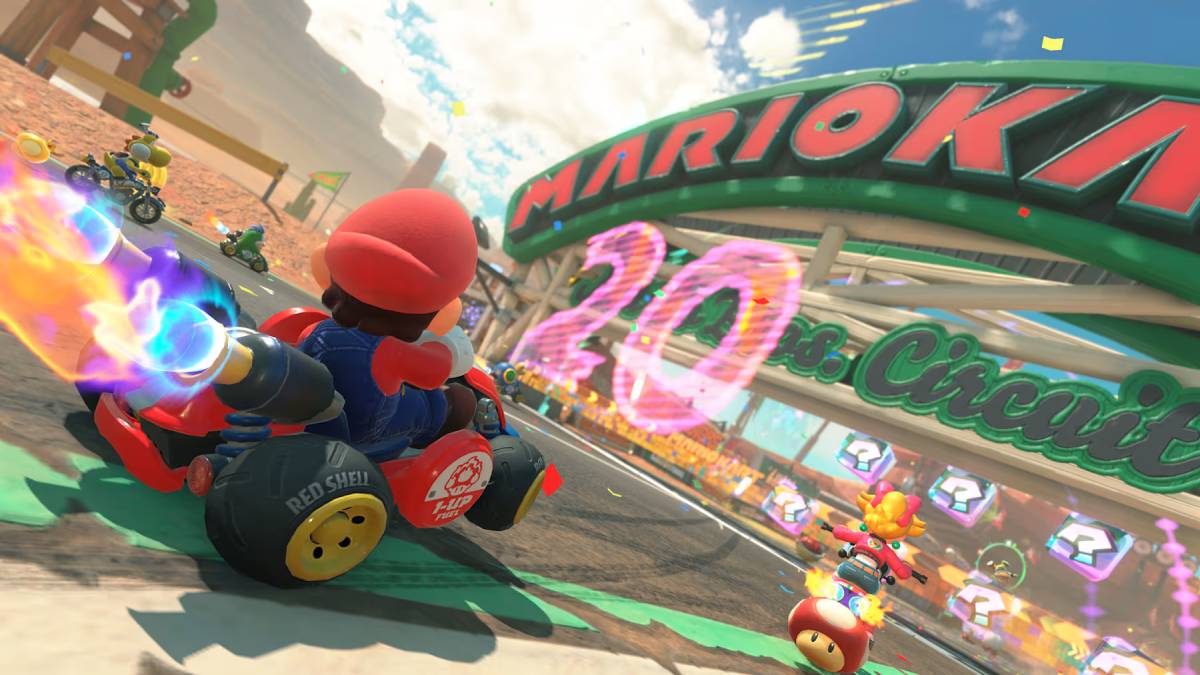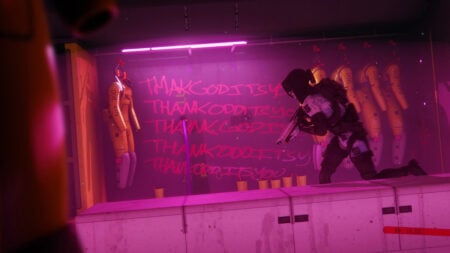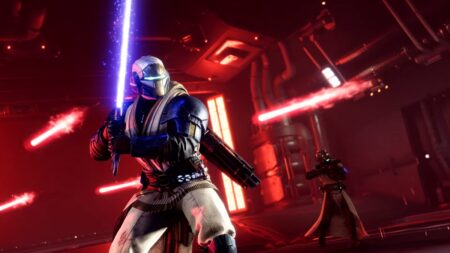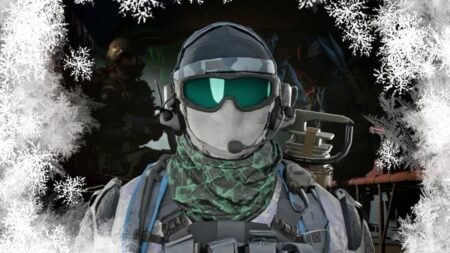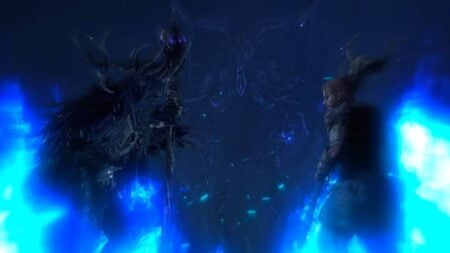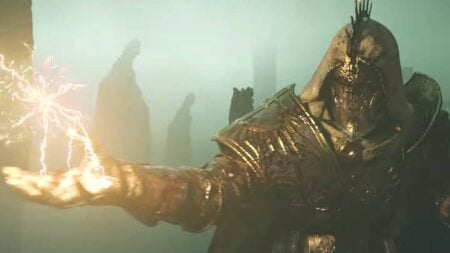Skip To...
I want to begin with a disclaimer: I’m not a seasoned player. I played the game on and off for some time, but finally dove deep during The Final Shape. If you ask me about how things were in the good old days, I couldn’t tell you about them. At least not as a veteran player would. However, since The Edge of Fate is aiming for a new saga to welcome new Guardians to Destiny 2, this expansion has finally eased me into the many previously daunting systems of the game. It isn’t without its flaws, though. Game-breaking bugs, questionable gameplay choices, and a tedious map design eclipse what could’ve been a flawless new beginning.
The absolute best thing about The Edge of Fate is its campaign. It is the one thing that finally hooked me into the story of Destiny 2. With almost no moment of respite, our Guardian gets called to Kepler. A new destination where the Nine reside, and where the new saga kicks off. Initially, I thought it would be as overwhelming as The Final Shape, especially from a sort of newcomer perspective. However, The Edge of Fate delivers a campaign with clear goals, a new villain, and many plot twists that leave you with your jaw on the floor. Right after finishing the story, I couldn’t help but want more. The Edge of Fate has a clear direction where it’s going, and I’m eager to see what’s behind it all.
I won’t spoil some of the campaign’s big moments, so instead I’ll focus on the featured characters. Mainly, Lodi, the most outstanding cast member to join the Guardian’s crew. Lodi has been in Kepler for some time. Once we arrive, he gets some truth bombs regarding the Collapse and other events. Our time traveler of sorts has one of the best character arcs in the narrative. I just love the way they handled Lodi’s involvement in the plot. Hopefully, he’ll stick around for the whole saga and beyond because he’s one of the highlights of the expansion.
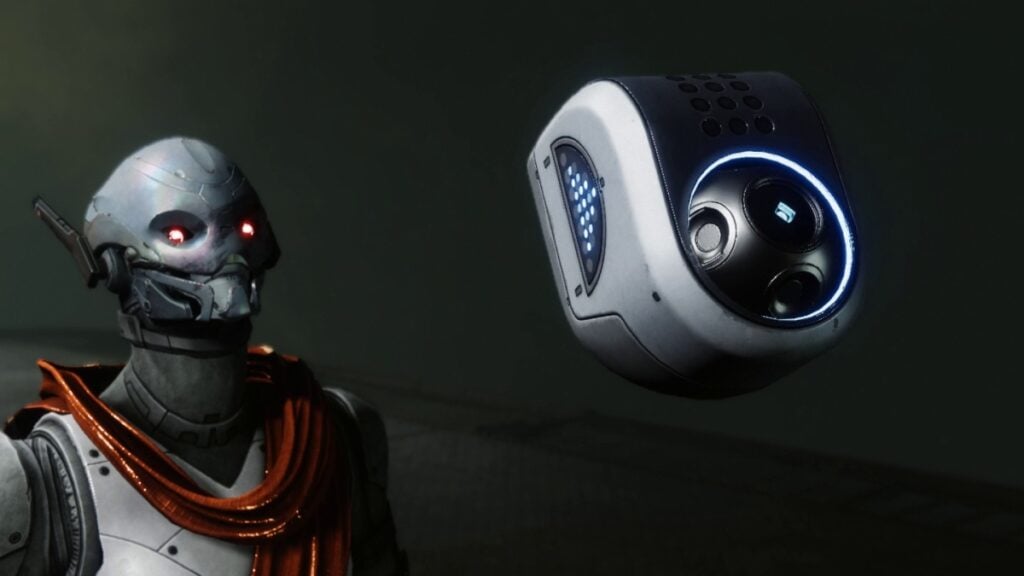
Additionally, it was great to see Ikora getting a lot of screen time, and in ways I wasn’t expecting. In truth, the plot has a few pacing issues at first. Yet, there’s one specific cutscene involving our favorite Warlock that changes everything and hypes you up for the rest of the campaign. I already loved Ikora, but her role in The Edge of Fate placed her at the top of my “most memorable Destiny 2 characters” list. Of course, other crew members join in, such as Drifter and Orin. While having them around was great, Ikora and Lodi take center stage.
Lastly, and this might be a petty worry of mine, The Edge of Fate does something that I’ve seen other decade-old games do that tends to backfire: claiming there’s an entity that has been manipulating everything from the start. I’m not a huge fan of this trope. But I don’t hate it either, as long as the execution is proper. However, I had some WoW: Shadowlands flashbacks in some parts of the campaign, so I’m worried Destiny 2 might end up retconning a few things in the future. Again, it’s only a concern of mine, and it didn’t ruin the story. Overall, the narrative is superb. It does an excellent job at bringing in new players into what will hopefully be a promising saga.
A Lackluster Planet
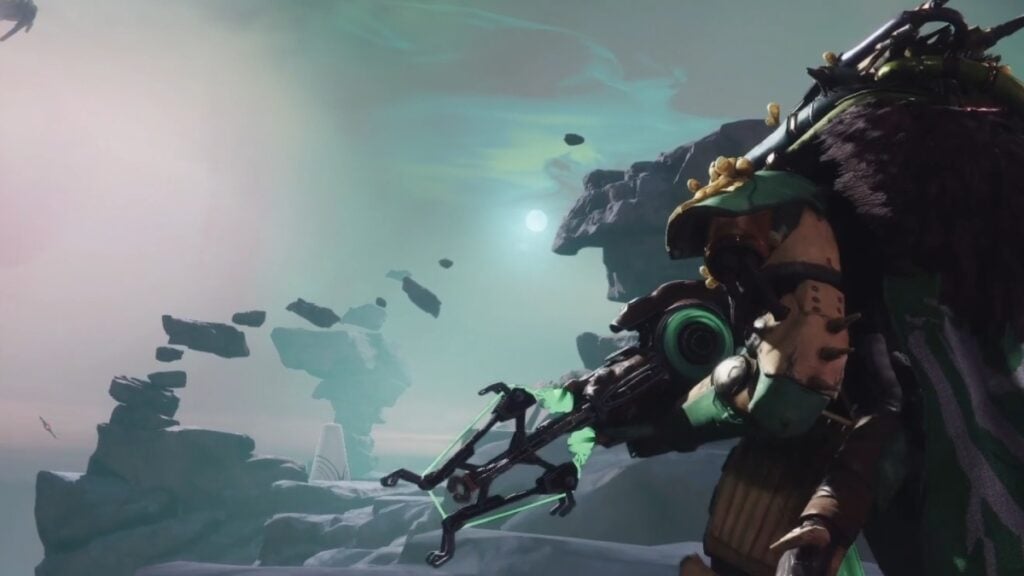
If the campaign is terrific, the new destination is the complete opposite. I remember entering the Pale Heart in The Final Shape and being struck by its eerie beauty. It encouraged me to explore every nook and cranny. While doing so, I discovered different areas that fit the planet’s aesthetic. The Pale Heart easily became one of my favorite Destiny 2 zones, whereas Kepler is one of the most disappointing things in The Edge of Fate.
For starters, the art style. At first, I liked the idea of modern civilization being overrun with fungal-like matter. However, it doesn’t change much after you visit the first area in Kepler. Even the color palette is too similar in all four zones. I hate to say this, but Kepler is one of the most forgettable things of the expansion. It is sad because the lore made it seem like it would be one of the best destinations in the game, but it wasn’t.
Things get even worse when you realize that puzzles are either too simple or borderline frustrating. If there’s one sin that many games commit, it’s stretching puzzle areas for far too long in key missions. The Edge of Fate does this, especially during the story’s climax, which makes some quests anticlimactic. Compared to The Final Shape, I didn’t have the drive to open a secret path or see if I’d find something hidden. Frankly, I just wanted to get out of there quickly and do Portal activities or just chill at the Tower.
For a destination that is supposed to kickstart a new saga, Kepler drops the ball hard. On top of that, the destination mechanics, while fun to use, never really shine outside of their specific zones. I’ll delve more into that later. Overall, Kepler isn’t a great destination, and all I want now is to experience the Star Wars-inspired location, which is part of the Year of Prophecy.
Not a Metroidvania-like
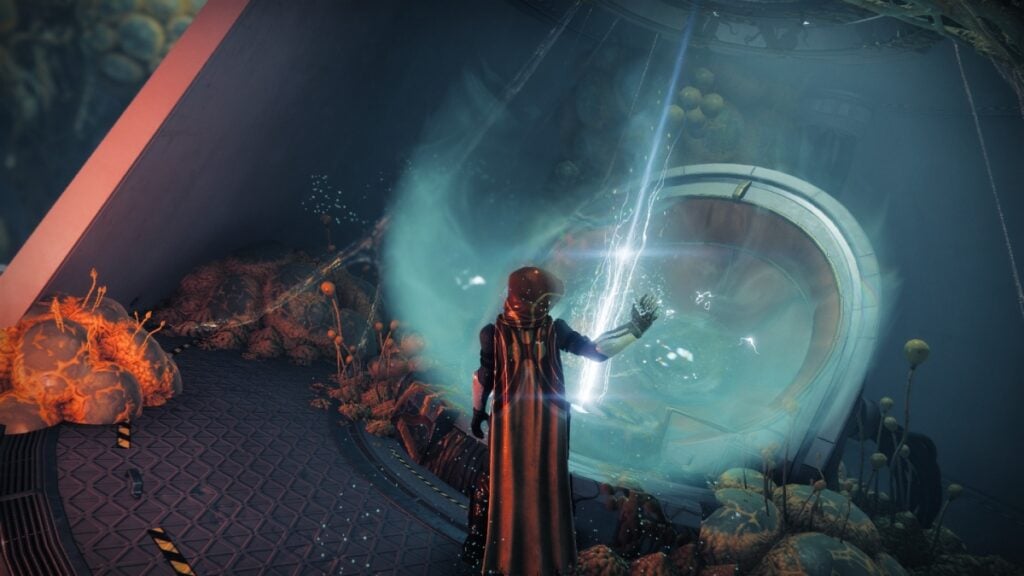
We all know Bungie was aiming for a Metroidvania-like feel. However, it doesn’t even reach Metroidvania-lite levels. For that, let’s see what a game of this genre is in the first place. In a rough description, a Metroidvania takes you through a map with inaccessible locations that only open up once you get new skills. Once you have these abilities, you return to open new paths. Destiny 2: The Edge of Fate has the skills, but it doesn’t do much with them outside of the places where you unlock them.
For instance, the first skill you get is Matterspark. Your Guardian becomes a ball of light and can enter tight locations and even damage foes or destroy shields. While that skill remains important throughout the whole expansion, the other abilities aren’t relevant in previous areas. In the first zone, for example, you mostly use Matterspark. Then, you unlock the Relocator, a rocket launcher of sorts, in the second area, but there’s no real way to use it back in the first zone. The same happens with the third and final ability you unlock.
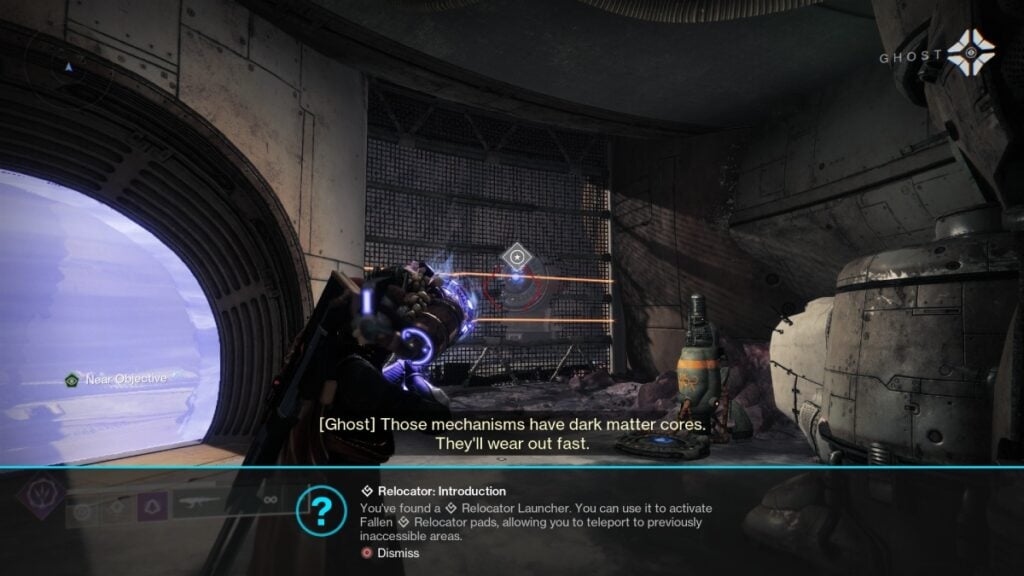
Destiny 2: The Edge of Fate got the abilities right, but not the execution. If the aim was a Metroidvania-like feel, it didn’t hit it at all. It missed by a considerable mark. But credit where it’s due. While the puzzle aspect of these skills was also frustrating at times, I enjoyed using some of them in combat, especially towards the end of the campaign. It doesn’t redeem the lackluster feel of each one, but it was at least enjoyable in some parts of the story. Still, not so much in the open areas of Kepler.
Ultimately, this is yet another mistake in many ongoing games. The Dark Matter skills are sort of “borrowed power” that we likely won’t see in other expansions. Yes, there are story implications for that, but I just wish Bungie had done something better with the abilities, or at least made them relevant across the whole map.
Great For New Guardians
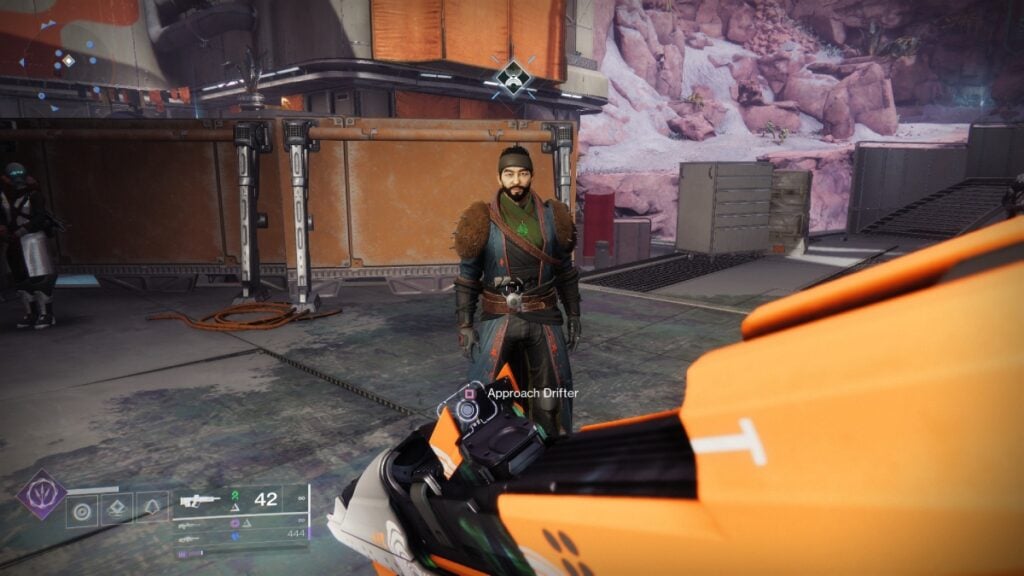
Without the gloomy out of the way, I must say that Destiny 2: The Edge of Fate feels highly approachable. It might be a double-edged sword for some, though. In my case, I loved the new systems. I know some are fuming from the mouth due to the power reset, but for me, it was great. I was able to be on the same level as others and rise alongside new and old Guardians. Also, I’m glad to see armor changes that finally give meaning to a system that had many flaws, such as wasted stats in previous expansions.
Furthermore, and you might all want to torch me after saying this, I loved the new Portal interface. The UI of Destiny 2 has never been my favorite, but it is much easier to understand now, especially with years of content in the game. Locating all activities is much easier now, whether it is for solo players or those in a Fireteam. It is definitely a bold strategy to make the game more approachable, but one that will pay off in the future. It streamlines many of the bloated menus that were previously present.
Another thing that will sound controversial, especially if you’re a veteran, is the lack of a new subclass, which was the right call. Many changes in the game have completely overhauled some of the systems we’ve seen. Add a new subclass on top of that, and it is a recipe for disaster, especially for new players. So, in that regard, it is great that we only had the systems’ overhaul without bringing a lot of new things. Yet, I can see why many veterans are disappointed, and I only hope Renegades makes up for the lack of content we got in this expansion.
Not The Smoothest Start
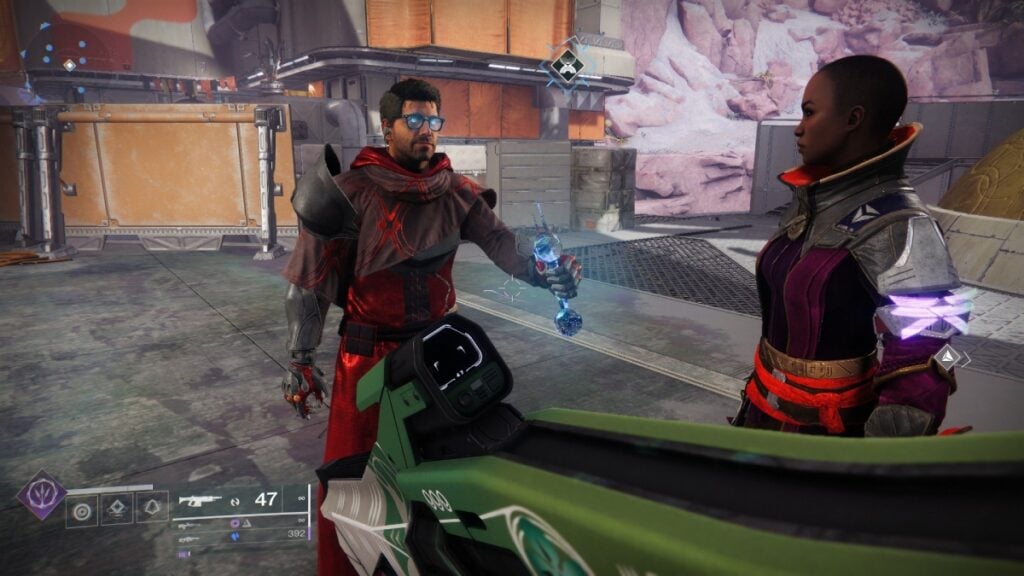
Overall, Destiny 2: The Edge of Fate isn’t the worst expansion, but it is far from being one of the best. The campaign carries everything on its shoulders and delivers mind-blowing moments and jaw-dropping plot twists. Even if the pacing suffers just a little at the start, it ends on the highest possible note and opens the way for an intriguing new saga. Also, the new systems are more approachable to new Guardians and simplify things that were quite daunting for many players who wanted to jump into Destiny 2.
Unfortunately, The Edge of Fate has many flaws. On top of the lackluster map and Dark Matter abilities, there were also many game-breaking bugs. I had to restart the first mission three times because I got locked in the first boss fight, and some of the last missions froze during certain steps. Still, I see light at the end of the tunnel for this expansion. Despite the bumpy road and forgettable planet, I finally feel like I can join this game without feeling lost. I just hope things improve as the Year of Prophecy unfolds.
Destiny 2: The Edge of Fate (PC Reviewed)
Destiny 2: The Edge of Fate is a rough start to the Year of Prophecy, but one that still shows signs of promise below some of its disappointing features. The overhaul to some systems is excellent, and the combat remains top-notch, but many issues hold back what could've been a great new beginning.
Pros
- An excellent campaign from start to finish
- Lodi is one of the best characters in the game
- The new systems make the game less confusing for new players
Cons
- Kepler is a forgettable location
- The Dark Matter abilities feel lackluster when exploring
- A few game-breaking bugs

